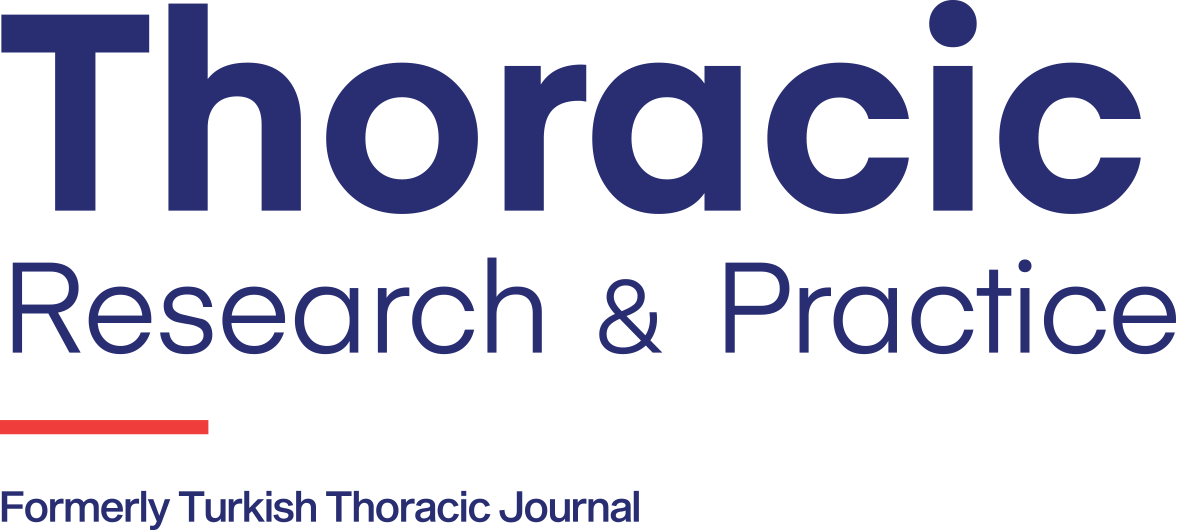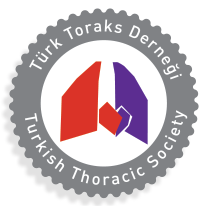Abstract
Objectives:
Pulmonary hypertension is a known complication of and is a reason for worse survival. Widespread pulmonary destruction and fibrosis can be seen in end stage pulmonary diseases. This situation causes vascular remodeling of the pulmonary circulation and pulmonary hypertension. Lung transplantation is alternative treatment for end stage pulmonary diseases. The purpose of this study is to research pathological vascular alterations retrospectively in explanted lung with or without pulmonary hypertension.
Methods:
56 explanted lungs were collected from 2013 until 2019. The specimens were evaluated for occlusive intimal fibroelastosis, smooth muscle proliferation, medial hypertrophy, intimal cellular or fibrous thickening, haemosiderosis, plexiform lesion, angiomatoid lesion, arteriosclerosis, venopathy, capillary duplication and arteriovenous malformation. Selected slides were stained with masson’s trichrom and Verhoeff Elastic-Van Gieson. Both systolic and mean pulmonary artery pressures were defined with either echocardiography (ECHO) or pulmonary catheterization.
Results:
Pathological vascular alterations in explanted lung with or without pulmonary hypertention were medial hypertrophy (80.3%), intimal cellular or fibrous thickening (80.3%), arteriosclerosıs (76.7%), smooth muscle proliferation (55.3%) and arteriovenous malformation (50%). Haemosiderosis (12.5%), plexiform lesion (14.2%) and venopathy (21.4%) were less frequent pathological vascular alterations.
Conclusion:
Although medial hypertrophy and intimal thickness were seen in pulmonary hypertension, they can be observed in end stage pulmonary diseases without pulmonary hypertension. Also arteriosclerosis and arteriovenous malformation were other pulmonary vascular alterations which were detected in end stage pulmonary diseases.



